The content of the article
Mankind bread has been known to mankind for many centuries. He appeared back when no one had heard of yeast. The recipe for such bread is considered classic, traditional. It is believed that just such bread is healthy. Now, in the wake of intensified movements for a healthy lifestyle, the fashion for eating yeast-free bread has returned. But is it really useful?
How to get yeast-free bread
Baking bread with yeast is quite simple: mix flour, water, salt and yeast, knead the dough, wait until it comes up and bake the bread. The main work here is done precisely by trembling. Without them, bread will be more like flat pita bread. The question arises: how does yeast-free bread become lush?
In fact, yeast is found in both yeast and yeast-free bread. The difference is that in the first case, the yeast is added directly to the dough, and in the second - they are part of the yeast. Sourdough is a substrate containing yeast and lactic acid bacteria. Ferment is obtained naturally by fermenting dairy products or dough. In baking, acidic fermented dough is added as a starter culture. Sourdough yeast is called natural or wild. Yeast obtained in food production is technological.
The mechanism of action of yeast in the leaven is similar to that of conventional culinary yeast. These fungi can break down carbohydrates, in particular, glucose into water and carbon dioxide. While in the dough, the yeast breaks down everything that comes in their way, and the gas released raises the dough, making it lush. Then, during cooking, the fungi die, but the dough remains lush. There is an opinion that technological yeast is resistant to temperature effects, therefore, it enters the body with bread. There is no evidence for this theory.
What is the advantage of yeast-free bread?
If yeast-free bread also contains yeast, then what is better than regular store bread? The answer to this question lies in the secret of making yeast. Technological yeast is obtained in various ways. If we describe the process in general, the yeast is grown on special nutrient media, then washed, treated with various substances and packaged.
The main harm to health is caused by those chemicals that are used in the preparation of yeast. Natural yeast fungi have more beneficial properties because they grow by themselves and are not exposed to these substances. They contain the maximum amount of vitamins and minerals. Technological yeast is inferior to them in many properties, including taste.
In addition, store bread has many other harmful additives. For example, soy is sometimes added to it. The fact is that this ingredient absorbs moisture well and makes bread much heavier, which allows saving on ingredients during its production. In addition, soy makes bread white, even if the flour in it is not of the highest grade. In addition to soy, there can be various thickeners, flavor enhancers, and other chemical additives in store bread.
Store yeast-free bread can also have various chemical impurities. In order to get the most out of it, you need to do the cooking yourself.
Benefit and harm
What is so useful yeast-free homemade bread? Its benefits are as follows:
- Normalization of the gastrointestinal tract. Such bread irritates the walls of the digestive canal, contributing to the production of digestive enzymes and increased motility.
- Fast saturation. Another factor related to digestion.Bread contains a large amount of carbohydrates, therefore it quickly satisfies hunger.
- The presence of vitamins of group B. These vitamins are produced by yeast and bacteria. In bread, baked in the sourdough, they are many times more than in yeast. The vitamins of this group are necessary for the functioning of all organs and systems. They are especially useful for the nervous system, skin and hematopoiesis system.
- Lower calorie content. Yeast-free bread contains fewer calories per 100g of product than regular store-bought yeast baked goods. In 100 g of bread, cooked in a sourdough about 180 kcal.
Yeast-free bread also has negative aspects, however, they are similar to those of ordinary store bread. It is worth remembering that bread does not affect the figure in the best way, therefore, eating it should be avoided for people with obesity and just wanting to lose weight. White flour bread is also contraindicated in patients with diabetes. Another negative property of any bread is flatulence. Therefore, it should not be used by people with increased gas formation.
Thus, we can conclude that even yeast-free bread contains yeast. However, they are of completely natural origin, devoid of chemical impurities and possess many useful substances. Sourdough bread is more difficult to prepare, but its special taste and undeniable benefits are worth it. In order to get the maximum amount of nutrients, it is recommended to bake bread at home.
Video: yeast-free bread recipe

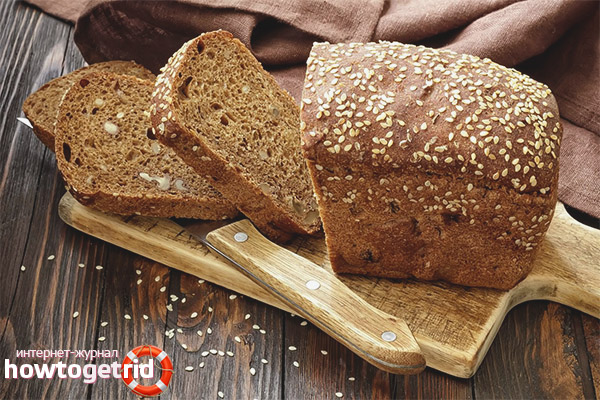
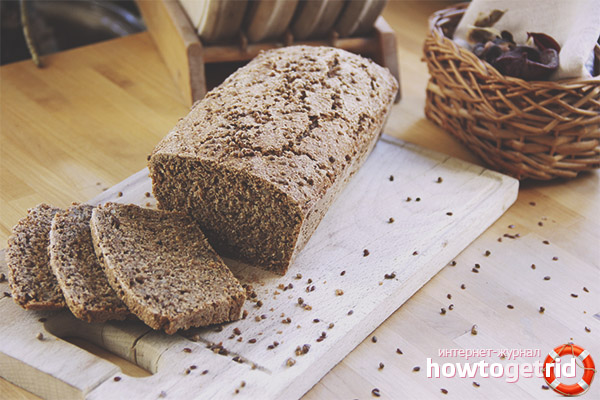

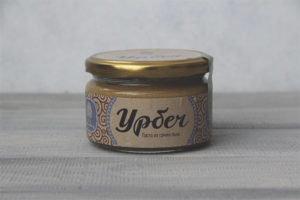
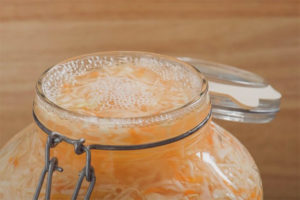

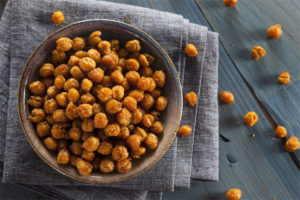
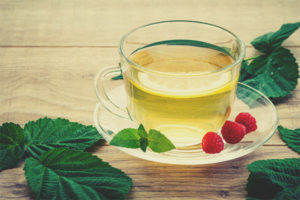

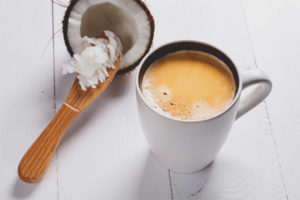
Submit